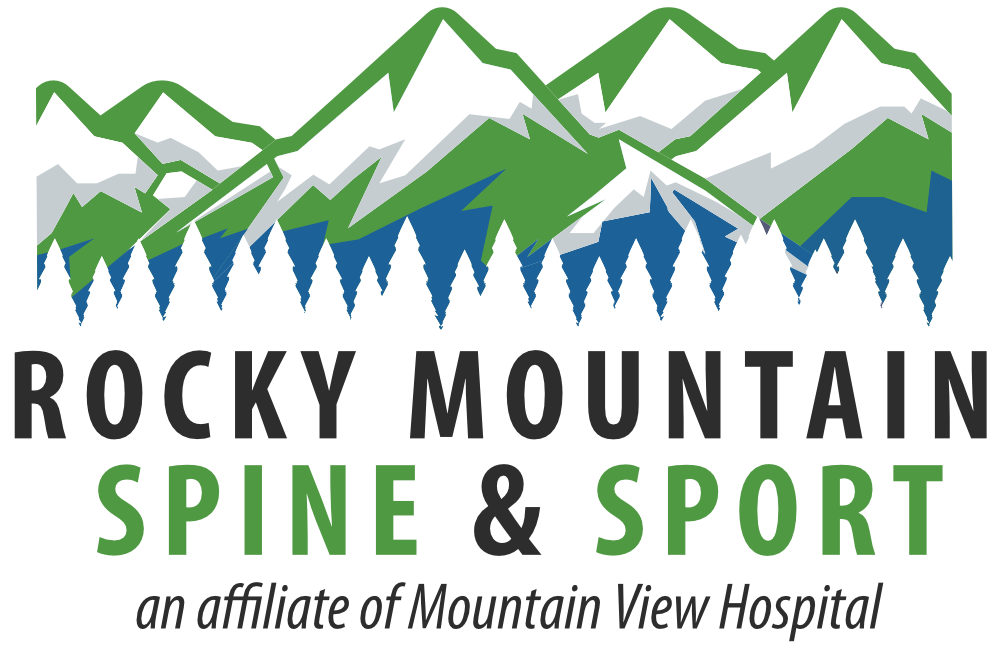All You Need to Know About PRP
1. What is Platelet Rich Plasma Treatment (PRP) and how does it work?
Platelet Rich Plasma, also known as PRP is a preparation obtained by extracting platelets from the patient's whole blood and injecting them into an injured joint or muscle.
PRP works by creating local inflammation in the injured tissue and then releasing growth factors to stimulate healing and regeneration of tendons, cartilage, muscle and even bone. It can be used in recent injuries and chronic,incompletely healed conditions to reactivate the healing process.
PRP has been successfully used since 1990 to help heal a variety of tendon, bone and muscle injuries. Initially used mainly by high profile athletes to help return them to early play, and now it is available to anyone who is highly motivated to avoid surgery and go through the required physical therapy and rehab.
2. Is PRP the right treatment for me?
If you have pain in your:
- Shoulder: rotator cuff tendinitis or partial tear, impingement, biceps tendinitis
- Wrist: DeQuervain's tenosynovitis
- Elbow: tennis or golfer's elbow
- Hip: iliotibial band syndrome, gluteal muscle tendonitis, SI joint dysfunction, hamstring tendonitis
- Knee: patellar tendinitis, partial tear or strain of ligaments (LCL/MCL)
- Ankle and foot: Achilles tendinitis, recurrent ankle sprains
- Osteoarthritis in joints
then PRP could be the treatment for you and could help you avoid surgery. (This is a partial list of common diagnoses for PRP).
To get the maximum benefit from PRP treatments you have to be willing to combine the treatments with physical therapy; i.e, the PRP injection alone is NOT likely to do the trick, it must be combined with a comprehensive rehabilitation program, and you have to be willing to work hard to restore function to the affected tendon, ligament or joint.
3. How long will it take before I see results with PRP?
You may feel a substantial increase in pain in the days following the injection. This is due to the increased inflammation that is necessary to initiate the healing and regeneration process. As pain subsides you may notice an increase in general function and mobility. Gradual improvement will occur during the next 2-6 weeks after the injection and may continue through the next 3-9 months. Many patients notice a rather abrupt improvement at the 3-month mark.
Some patients may need 2-3 or more repeated treatments depending on the extent of their injury.
4. What else do I need to know about PRP?
- If you decide to have PRP done be prepared to discontinue ALL anti-inflammatory medications at least 1-2 weeks prior to your first injection and for at least 2 weeks after the treatment. Smoking also needs to be stopped.
- PRP will not work for everyone and results cannot be guaranteed.
- The risks associated with PRP are minimal. There may be increased pain at the injection site, but the incidence of other problems — infection, tissue damage, nerve injuries — appears to be no different from that associated with cortisone injections.
- While cortisone shots may provide temporary relief in joint pain, they also may cause side effects such as bone demineralization, tendon weakening and rupture, and loss of cartilage. PRP has no such untoward side effects.
- Typically PRP treatments are not covered by most insurance plans but be sure to check as some may provide partial coverage. Some workman's compensation plans will cover it in full.
For more information about PRP go to:
